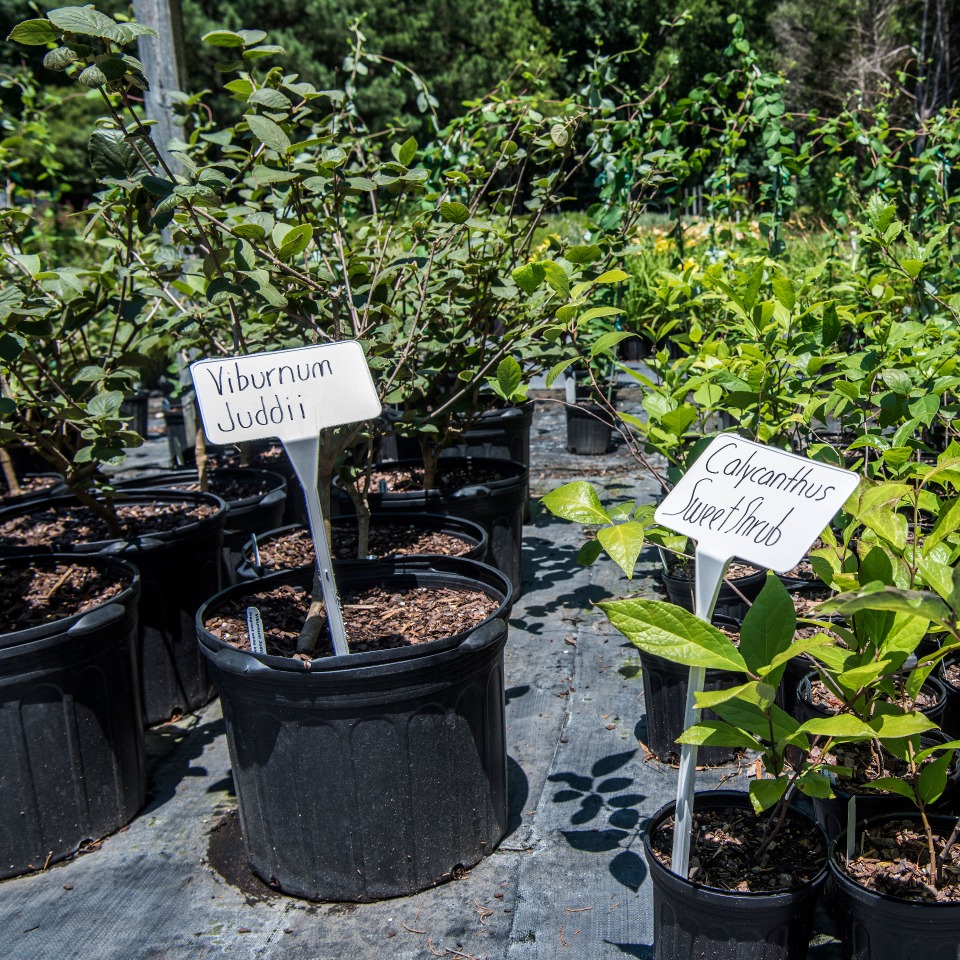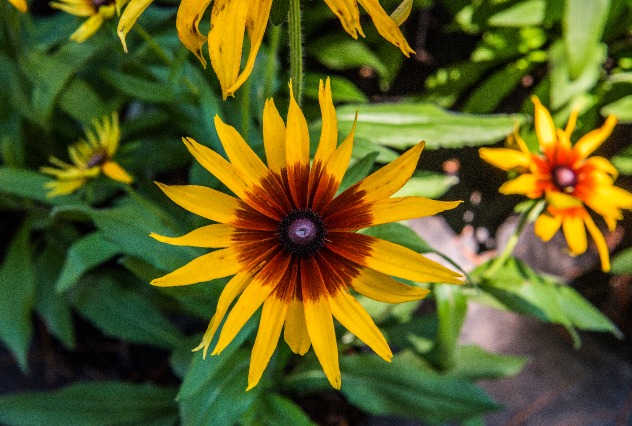
Garden Variety
Ross Farms grows 200 perennial species, features native cultivars
By Nan Bauroth | Photos by Raymond J Photography
“There is a time and place for every kind of plant.” So says Claudia Ross, who, along with her business partner, Robin Nance, owns and operates a 12-acre perennial farm right here in Ballantyne.
Tucked away on Community House Road between the Highgrove neighborhood and Community House Middle School, Ross Perennial Plant Farm specializes in growing perennials, with an emphasis on native perennials.
A horticulture major, Ross teamed with Nance, whose initial career was in journalism, to launch the business in the early ’90s after both had worked in nurseries and saw a need for a greater variety of perennials. At that time, most nurseries sold annuals, shrubs and trees, and only a few basic perennials such as hostas, daylilies and bleeding hearts.
At any given time, Ross Farms has 200 varieties. They grow them on-site from seeds they propagate or plugs or bare roots they purchase from others.

Ross, who grew up on the Ross dairy farm that once encompassed many acres in the vicinity, convinced her father, Robert Dickey Ross, Sr., to give her the horse pasture on which the perennial farm now sits. “My father helped us for many years here with things like building our greenhouses,” she says.
Perennial Advantages
Perennials, especially native perennials, offer many gardening advantages. True natives to the area like rudbeckia will thrive because they are accustomed to the soil and growing conditions. Ross notes that most “native” perennials in the Southeast originally came from England and have adapted well. Perennials also naturalize, multiplying every year.
Whereas annuals bloom all summer or winter long, perennials flower for only six to eight weeks during their specific bloom period, which could be from early spring or fall or even winter, as is the case with hellebores, known popularly as Lenten roses. “You have to plan your garden so that different perennials are coming into bloom at various times if you want color from them all during the warm months,” Ross explains.
She also advises perennials are best planted in mass to get a big burst of color. “If you have the space, put in eight to 10 plants together. But if you don’t have a lot of room, you can plant three and still get a showy look.”

